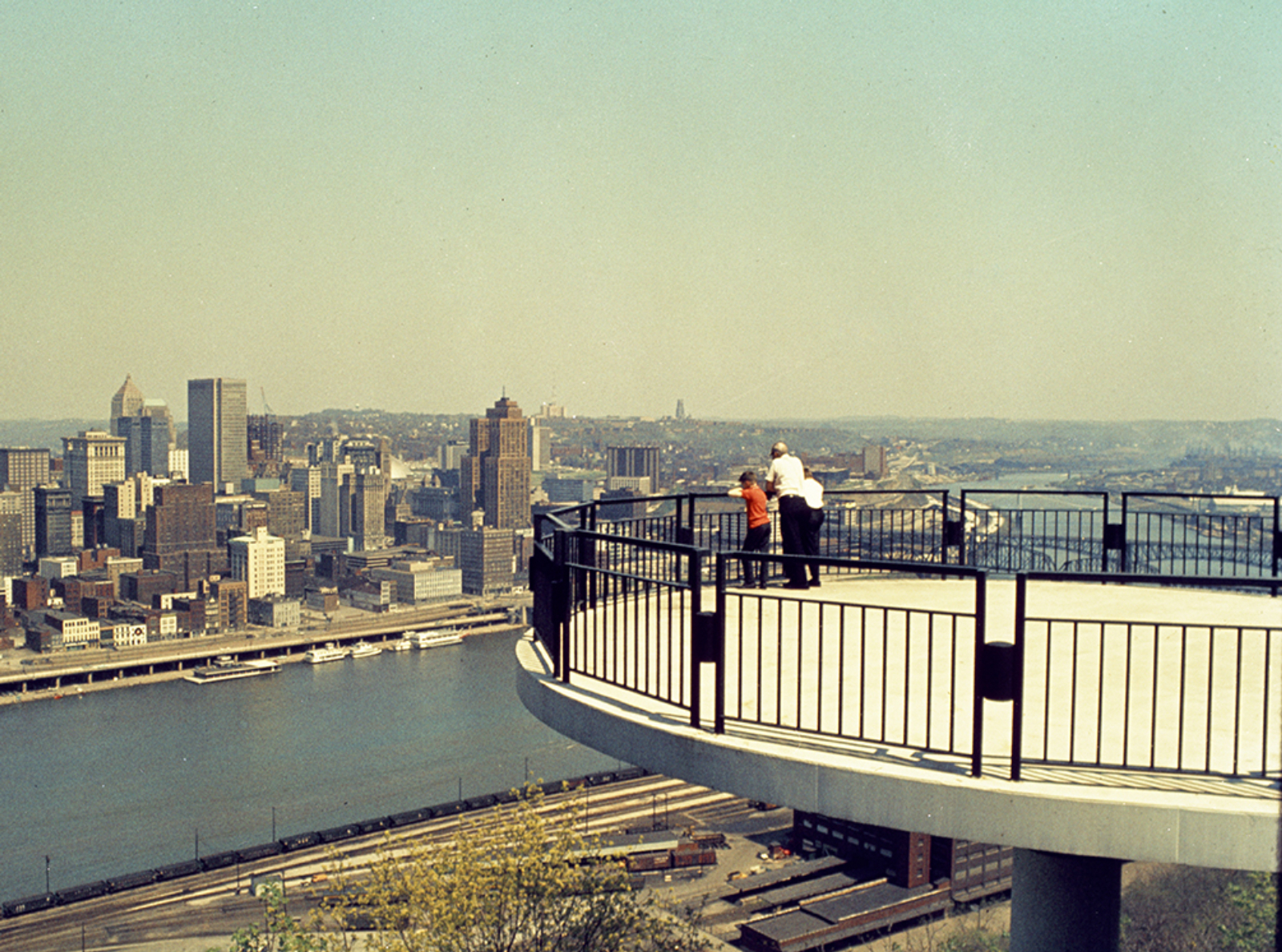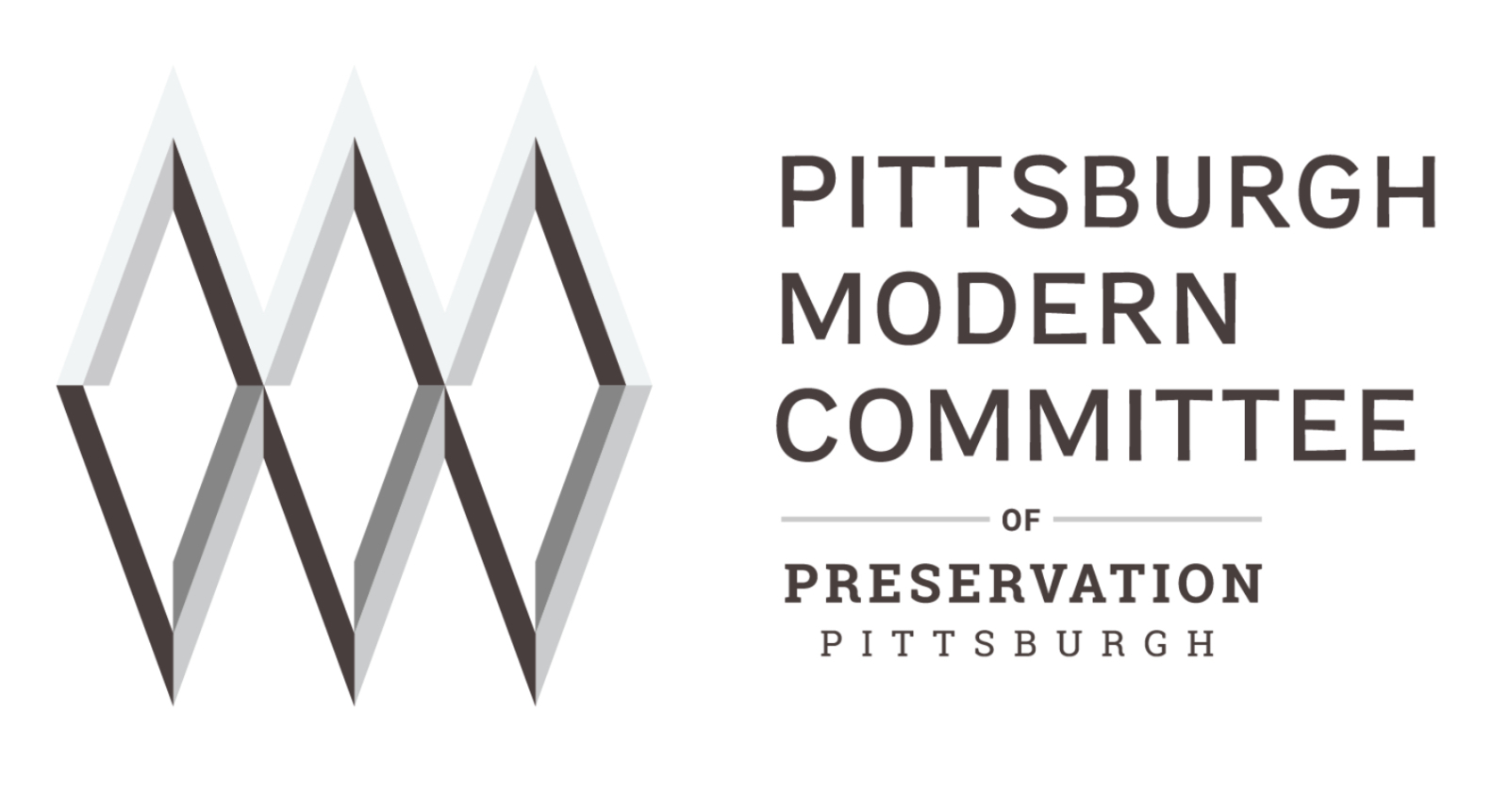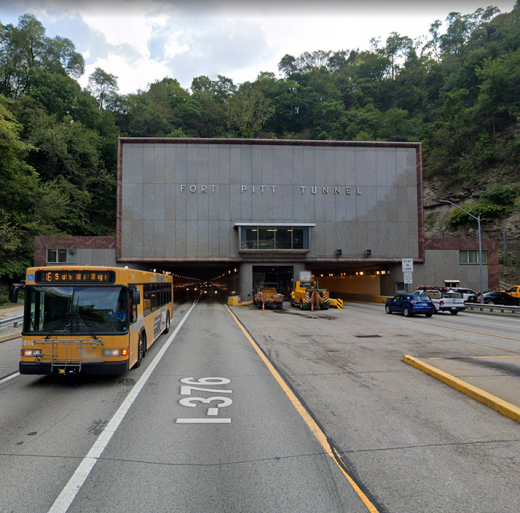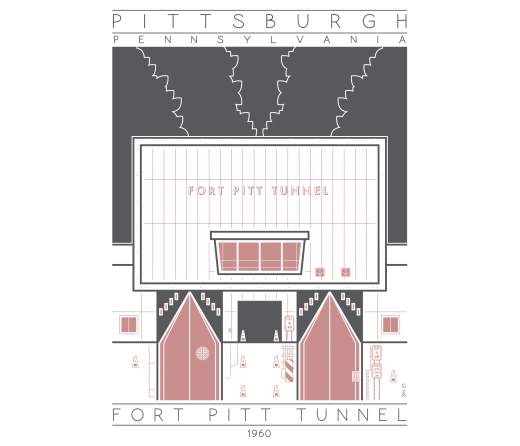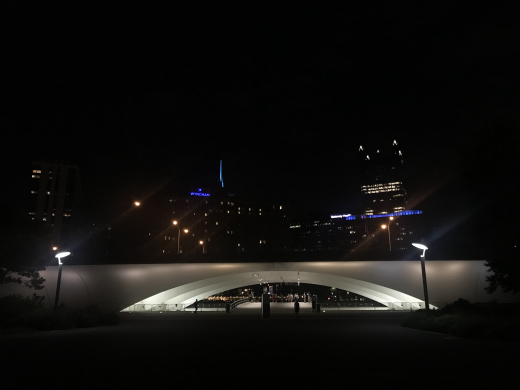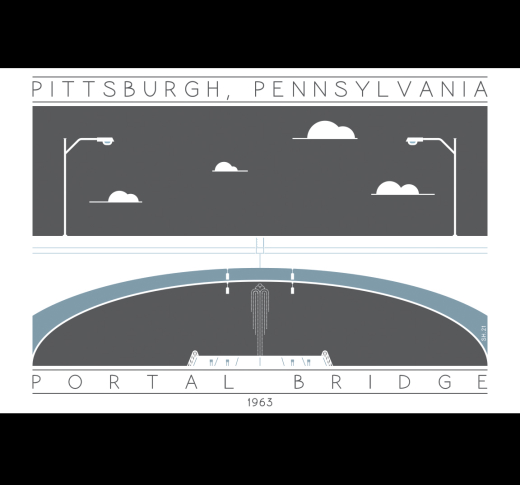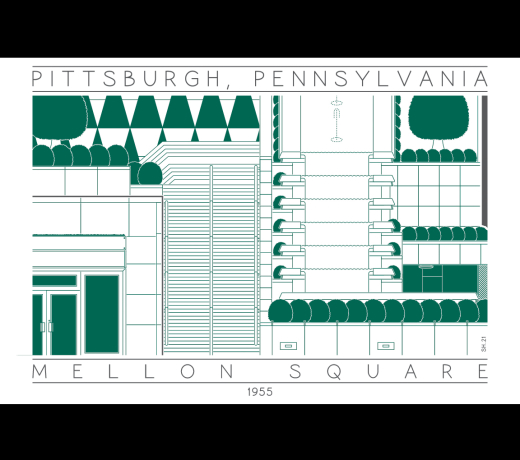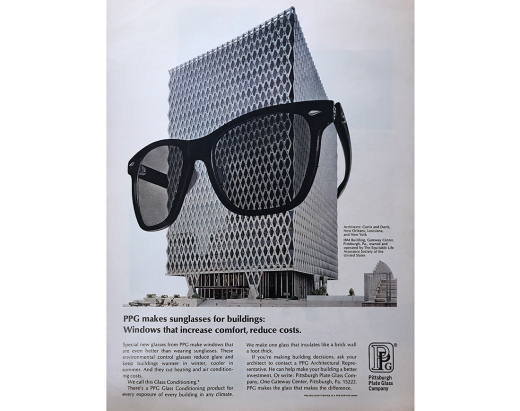In Between Rivers: Pittsburgh's Modern Milieu is part of the Docomomo US Regional Spotlight on Modernism Series, which was launched to help you explore modern places throughout the country without leaving your home.
Pittsburgh's Modern Milieu Part One
Modern Matters in Pittsburgh
“This is the only city in America with an entrance” declared Paul Goldberger in his January 1988 New York Times article about the makings of Pittsburgh’s skyline and the experience of approaching it by way of the 1960-built Fort Pitt Tunnel and subsequent namesake bridge. While not explicitly acknowledging 20th-century modernism, the “cinematic” sequence and its visual ingredients which he deeply praises - and that there is a sequence at all - is largely a direct result of the era. A legacy of modern mid and high rises that stand not in isolation, but continue to connect (aesthetically and conceptually in varying degrees) to the surviving structural fabric surrounding, and now supporting them. Architecturally speaking and limited to Downtown that may be so, but it requires deeper consideration to explore such relationships in the cultural-social fabric layers throughout the sprawling region.
Indeed, with no visual preview from the other side of Mount Washington (once ‘Coal Hill’) of what lies ahead, a motorist coming from the International Airport, having been compressed in the tunnel for almost 4,000 feet emerges, immediately crossing the Monongahela River to connect to the City – and there, a singular skyline suddenly presents itself. For some of us that provides a ‘you’re home’ feel. But, this is not home for most - albeit a fine home for some - it’s downtown Pittsburgh, and many miles (and styles) lie ahead. Renaissance I, one of the most celebrated modernist renewals beginning precisely at the convergence of three rivers - rivers that flow to and from many towns, communities and cultural centers with complex pasts and desires, that fit not on a postcard. Indeed, the results and ripple effects of Pittsburgh’s modern era, positive and challenging at once, surface as textured reflections – some enchanting and others stark – prompting vital responses.
Pittsburghers have an inclination to share casual navigations based on both monumental and vernacular places no longer there (take a right where the old ____ used to be); a modest refusal of change, the holding of a memory or an awkwardly expressed wistful sentiment and awareness - if passive - toward our built heritage and the people and activities contained within.
In keeping with the markedly relevant and urgent ongoing Docomomo US themes - the Diversity of Modernism and the '70s turn 50 - we welcome you to journey beyond the Point with us… after you’ve paused to take in its beauty.
